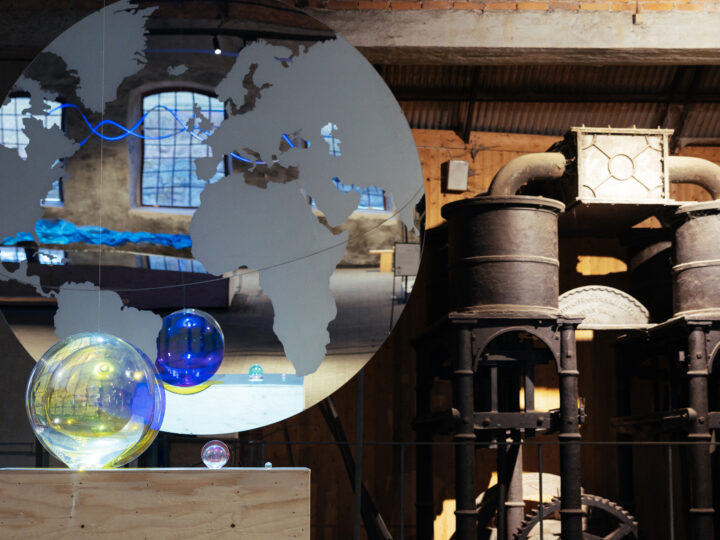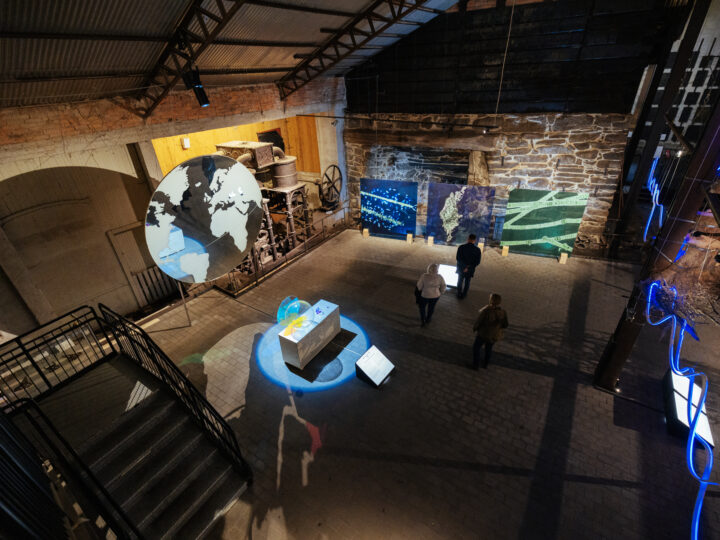Forest and Water
A center of knowledge – Forest and Water
Miss Stephens donated Huseby to the Swedish state and in her will she declared a wish to perserve Huseby as one of the role models of Swedish forestry. To create a knowledge center, a venue for both young and old, an academy and a public sector is completely in line to fulfill Miss Stephens last desire. We want to create a spectrum of curiosity, knowledge and comprehension about the importance of wood, forest and water for a sustainable future – and that the visit to Huseby hopefully creates a continued dialogue.
Background
The forest and the water have been important conditions for Huseby Bruk during a long period of time. Around 1000 years ago people inhabitated the river between the lakes Salen and Åsnen, and in the 15th century the Ironworks was built much thanks due to the great assets in bog-iron ore, hydroelectric and charcoal.
Huseby Bruk was founded in the 1620s by the Swedish Admiral Carl Carlsson Gyllenheim. By the river Helige å, between the lakes of Salen and Åsnen, he constructed an ironworks, a foundry and a forge. The place had all the necessary presumptions for the iron – the forest gave charcoal as fuel for the fire, the water mill acted as a power source and the importance of the bog-iron ore in the nearby lakes.
In 1867 Joseph Stephens bought Huseby Bruk. By the time of his death in 1934, his oldest daughter Florence Stephens inherited the place. When she passed away in 1979, she created a will designating the entirety of Huseby Bruk to the Swedish state, with the demand that “the buildings shall act as a role model for the Swedish industrial forestry and agriculture”, and that “the yield after acquisition, maintenance and administration costs have been paid shall be used for the promotion within Kronoberg’s current county area of individual forestry and agriculture as well as the care of its nature”.
Why a center?
The purpose of the center of knowledge is to increase the interest and knowledge about the subjects concerning nature, forest, water and engineering. This will lead to a connection to sustainable production within Småland and to get through with this is by developing a modern environment in historical places.



 0470 – 75 20 97
0470 – 75 20 97  0470 – 75 21 31
0470 – 75 21 31 

